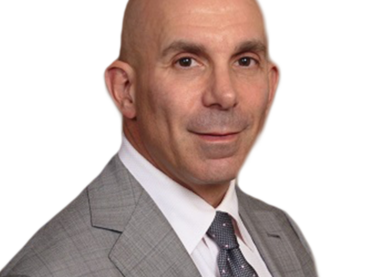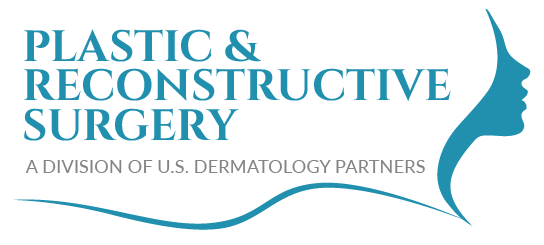What is a Facelift?
A facelift, medically termed rhytidectomy, can enhance facial harmony and foster a more youthful appearance. The aging process, environmental factors, stress, and fluctuations in weight can collectively impact facial features, causing a descent and deflation effect. This misalignment between the structural support—our bones—and the positioning of fat and skin results in a sagging appearance, contributing to an older look. Facelift surgery involves the removal of excess skin and, in some cases, the restoration of lost volume, aiming to reinstate facial balance.
Am I a Suitable Candidate for Facelift Surgery?
Determining the most appropriate facelift type for you is a collaborative effort with your plastic surgeon, who may also suggest complementary procedures like a brow lift or eyelid surgery to achieve comprehensive facial rejuvenation. While the majority of facelift patients fall within the age range of 40s to 60s, age is not a limiting factor for the procedure.
For all elective surgeries, it is recommended that patients:
- Acknowledge potential adverse effects, including pain, cost, recovery time, and scarring.
- Maintain good physical and emotional health, as surgery imposes physical trauma requiring robust healing.
- Establish support systems at home and work.
- Refrain from smoking, as nicotine can impede the healing process.
What to Expect During a Facelift Consultation?
The process commences with a consultation involving your plastic surgeon and staff. You will discuss your medical history, encompassing past surgeries, current medications, drug allergies, and tobacco use.
Before the consultation, reflect on your facial features, noting three that you appreciate and three that you find unfavorable. Bringing photographs from the past 10 to 15 years aids in determining the most suitable facelift approach. Current photos will be taken during this visit.
Toward the conclusion of the consultation, you’ll receive a cost estimate covering surgery, hospital fees, anesthesia, and related procedures.
How Is the Surgery Conducted?
Facelift surgery occurs in an accredited facility with full anesthesia overseen by a board-certified anesthesiologist. Blood pressure is closely monitored during surgery to minimize postoperative bleeding risks.
Before the procedure, your plastic surgeon marks the planned incisions and reviews consultation photographs. Medications are administered to reduce swelling and anxiety. Incisions are typically made in the hairline at the temples, in front of the ear, or within the ear canal, extending behind the ear to the back of the hairline. An additional incision under the chin allows access to neck and jawline muscles.
Any supplemental procedures, such as eyelid surgeries or fat grafting, are performed after the facelift. The overall surgical duration typically ranges between three and six hours, contingent on the procedures. Post-surgery, a loose dressing, and a light compressive bandage are applied.
Approximately an hour in the recovery room precedes your release to go home, followed by a next-day follow-up appointment in the office.
I’m Interested in an Facelift
Whether you’re prepared to schedule your facelift consultation or have additional queries about the procedure, reach out to Plastic & Reconstructive Surgery today for assistance.
FIND A PHYSICIAN NEAR YOU
PHYSICIANS THAT OFFER FACELIFT PROCEDURE

Chris Surek, DO

Daniel Bortnick, MD


